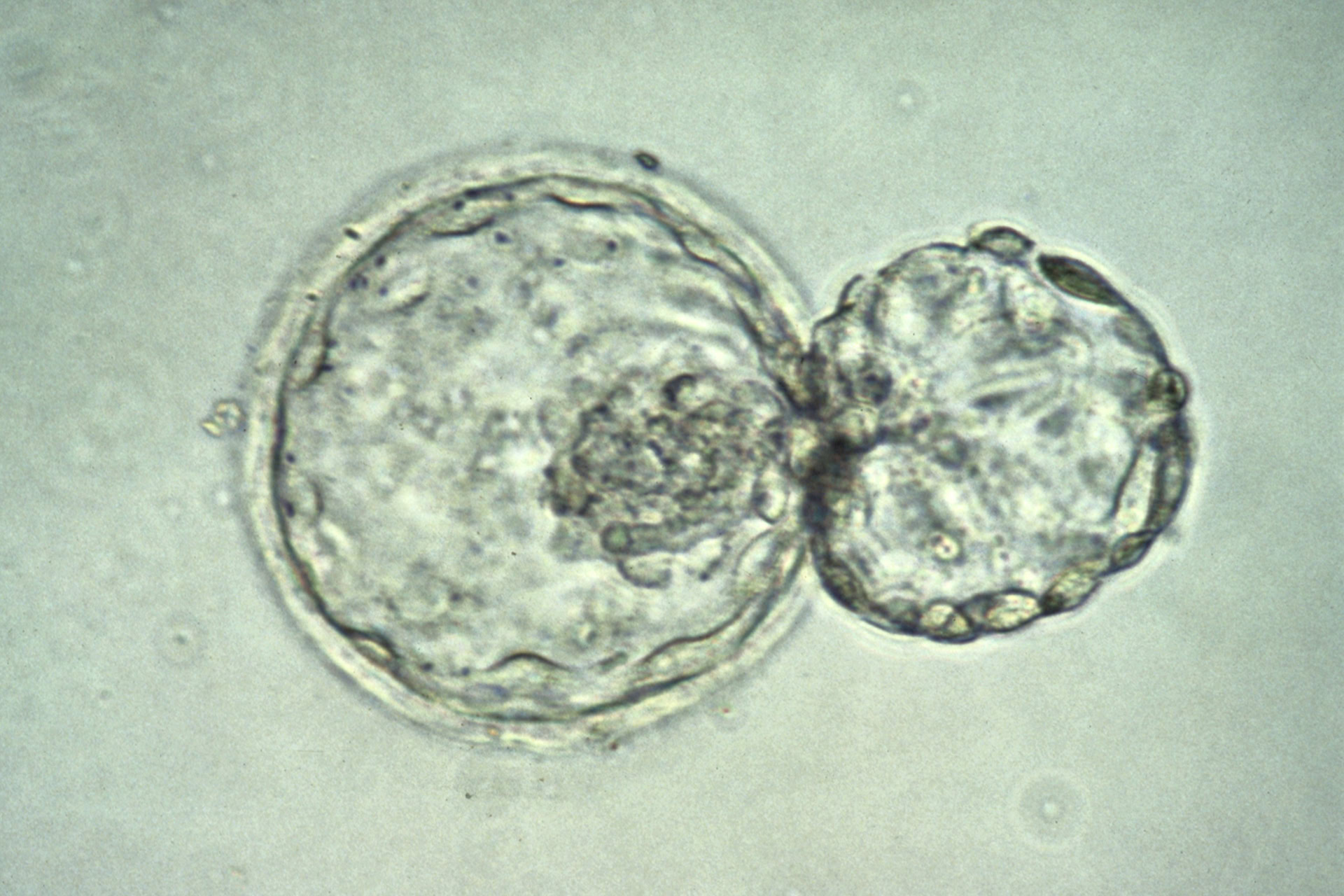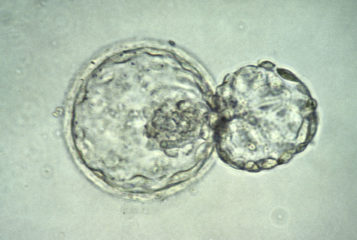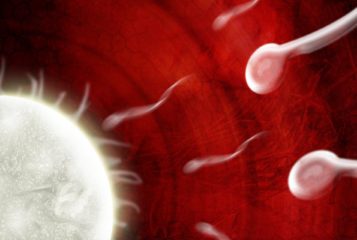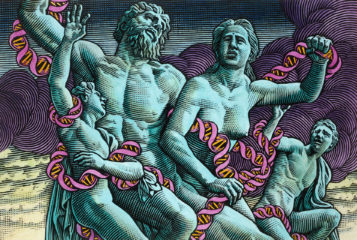Successful IVF treatment crucially depends on the culture systems used, which must provide an optimal environment for healthy embryo development; yet most embryos arrest in culture or fail to continue development after implantation. Human embryo culture has long been based upon research into animal systems, the mouse model in particular. While culture systems have been refined over the past 30 years through clinical experience with human IVF embryos, many quality control protocols still involve testing materials in a mouse embryo culture system.
During the past decade, significant advances in biological techniques have provided increasingly sophisticated analysis of the molecular and genetic mechanisms regulating the health of gametes and embryos: a window has been opened onto previously inaccessible pathways of embryonic development. Over the past five years, experiments carried out using cryopreserved human embryos donated for research have revealed clear differences in early development between mouse and human embryos (Kujik et al. 2012; Niakan et al. 2012; Roode et al. 2013; Niakan & Eggan 2013; Huntriss et al. 2013; Menezo et al., 2013; Holubcova et al., 2015; Blakely et al., 2015; Boroviak et al. 2015; Petropoulos et al. 2016; Fogarty et al., 2017).
Every embryo generated during an IVF treatment cycle is used first and foremost for treatment; after fresh embryo transfer, surplus healthy embryos are frozen for future treatment. If these are no longer required, due to completion of family or other reasons, they can be donated for approved research projects. These surplus embryos are an immensely valuable and unique resource.
Further detailed research could potentially improve clinical IVF success rates, ultimately helping more patients to achieve their goal of giving birth to a healthy baby. However, such research requires specialised facilities and cutting-edge technology in academic centres with dedicated research staff – a situation that is beyond the scope of the majority of clinical IVF services.
At Bourn Hall Clinic in Cambridge, surplus embryos are cryopreserved in 40-50 percent of fresh cycles. On each anniversary of the date of freezing, patients are asked to inform the Clinic regarding their options for these embryos. Couples can choose to continue storage for future treatment, donate them to other couples trying to conceive (subject to strict criteria), ask the clinic to dispose of them (allow to perish: ATP), or donate them for research into early embryo development. In order to offer the option for research, we have established close collaborations with several university departments, and the Francis Crick Institute (FCI) in London, a biomedical facility dedicated to understanding the fundamental biology underlying health and disease. The research potential of these donated embryos is maximised in projects at these institutions.
At the end of every month, an average of 80-100 letters are sent to patients with embryos in storage, with an annual storage consent form that must be signed to confirm the patients' wishes regarding their embryos. Approximately 80 percent of the returned forms request continued storage; 10 percent indicate 'ATP', and another 10 percent choose the option of donating their embryos to research. Over 90 percent of patients who are sent research information return a signed consent form, and 80-91 percent of these patients have at least one healthy child. Around 25 percent have two or even three healthy children (twins plus singleton, or three singletons). Surplus embryos which resulted from these successful cycles have very high viability potential, and are particularly valuable for research.
Having completed their family, couples are often grateful for the opportunity to 'give something back'. They often comment that they recognise the importance of continued fundamental research to improve IVF techniques for other couples undergoing treatment in the future. Patients who have suffered the distress of repeated failure, or early or late miscarriages sometimes also choose to discontinue treatment and donate their remaining embryos to research.
Couples receive information about accessing our counselling services, about research into 'Understanding the biology of human preimplantation embryos, gametes and stem cells', and a comprehensive consent form to be signed by both partners. The research information and consent form were carefully composed by a multi-disciplinary team including policy and legal advisers, and extensively reviewed by ethics committees and the HFEA, Human Fertilisation and Embryology Authority. In addition to signing the consent document, several different paragraphs in the form must be acknowledged with both partners' initials, and the documents also confirm that all donated embryos will be used only in projects licensed by the HFEA, with strict regulatory oversight and review.
Every embryo donated for research makes an immensely valuable contribution to medical science, and is greatly appreciated. The information gained from the scientific studies will not only lead to optimisation of human embryo culture systems to improve fertility treatment, but also help in understanding the origin of defects and to avoid miscarriage. There is also the potential for developing new research tools that can lead to cures for many serious disorders.
The current landscape of scientific research is such that tremendous advances in the understanding of early development and disease processes are now a realistic possibility. In the UK, we are fortunate to have the HFEA as a governing body to ensure human embryos can be donated to research projects that have been approved and licensed after full ethical and legal consideration and review. The majority of UK IVF clinics will inevitably have embryos surplus to treatment in frozen storage. Giving patients the option of donating their surplus embryos to research projects transforms our understanding of human biology.
Sources and References
-
Fogarty NME, McCarthy A, Snijders KE et al. Genome editing reveals a role for Oct4 in human embryogenesis
-
Blakeley P, Fogarty NME, del Valle I et al. Defining the three cell lineages of the human blastocyst by single-cell RNA-seq
-
Boroviak T, Loos R, Lombard P et al. Lineage —specific profiling delineates the emergence and progression of naïve pluripotency in mammalian embryogenesis
-
Holubcova Z, Elder K, Blayney M, Schuh M. Human Oocytes: Error-prone chromosome mediated spindle assembly favours chromosome segregation defect in human oocytes
-
Huntriss J, Hemmings KE, Hinkins M et al. Variable imprinting of the MEST gene in human preimplantation embryos
-
Kujik W, Leni T, van Tol A et al. The roles of FGF and MAP kinase signaling in the segregation of the epiblast and hypoblast cell lineages in bovine and human embryos
-
MeÌneÌzo YR, Guerin P, Elder K. New insights into human pre-implantation metabolism in vivo and in vitro.
-
Niakan KA, Han J, Pedersen RA et al. Human Preimplantation Development
-
Niakan K & Eggan D. Analysis of human embryos from zygote to blastocyst reveals distinct gene expression patterns relative to the mouse
-
Petropoulos S, Edsgard D, Reinius B et al. Single-cell RNA-seq reveals lineage and X-chromosome dynamics in human preimplantation embryos
-
Roode M, Blair K, Snell P, Elder K et al. Human hypoblast formation is not dependent on FGF signalling








Leave a Reply
You must be logged in to post a comment.